Essays
Lee Lozano: A Timeline
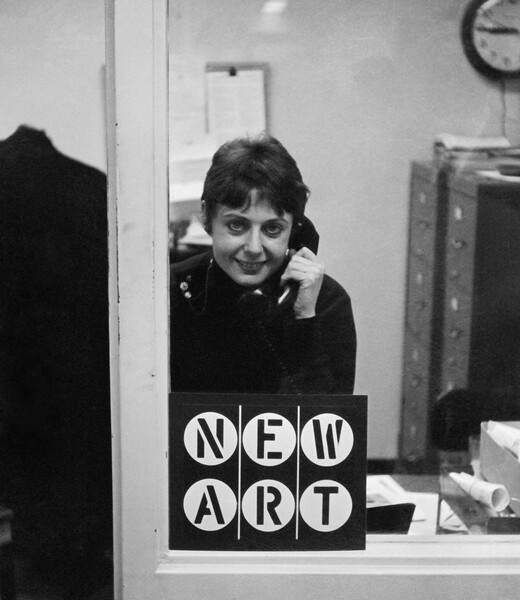
Lee Lozano at the opening of The New Art, Davison Art Center, Wesleyan University, Middletown CT, 1964. Photo: Bill Wilson
Lee Lozano is one of the most innovative artists to have worked in America during the 1960s. Throughout her entire oeuvre, which spans a little more than a decade, she produced ground-breaking work in a progression of styles, from the figurative and cartoonish pop-expressionism of her early paintings and drawings, through serial minimalism, to language-based conceptual pieces. The following timeline provides a summary of her main activity and puts Lozano’s early work into context.
1930 Born Lenore Knaster in Newark, New Jersey.
1944 Changes name to ‘Lee’.
1948 – 51 Studies natural science and philosophy at the University of Chicago.

Lee Lozano, No title, 1970 © The Estate of Lee Lozano
1952 – 55 Starts working in the design department of the Container Corporation of America, where she meets her future husband, Mexican-American architect Adrian Lozano.
1956 Begins studying art at the Art Institute of Chicago; she and Adrian Lozano marry. Lozano’s early work revolves around anatomical drawings.

Lee Lozano, No title, n.d. © The Estate of Lee Lozano
1960 On completing her studies, she travels with her husband to Spain, France, and Italy. Adrian then continues on to England, while Lee remains in Florence. When it is time to return to Chicago, she travels instead to New York, and the couple divorce after four years of marriage. At this point she is painting expressionist still lifes with aggressive undertones.
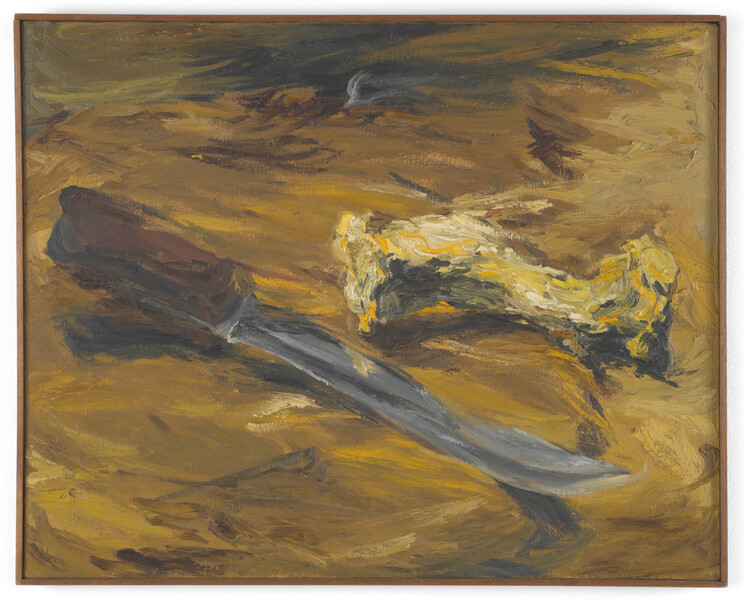
Lee Lozano, No title, 1960 © The Estate of Lee Lozano
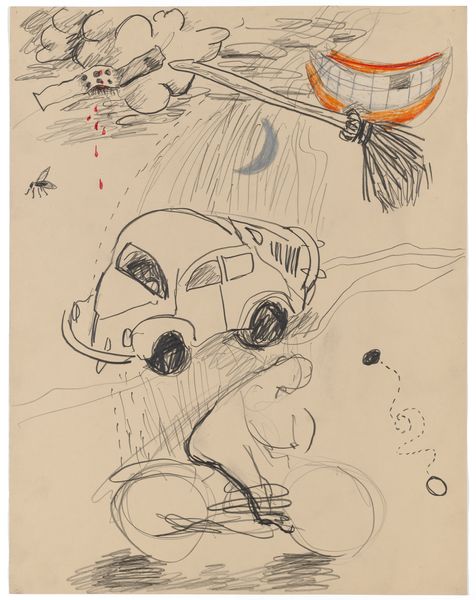
Lee Lozano, No title, 1960 © The Estate of Lee Lozano
1961 She becomes part of the New York art scene through Richard Bellamy who introduces her to Hollis Frampton and Carl Andre. She does a great deal of drawing with motifs frequently taken from the studio.

Lee Lozano, No title, 1961 © The Estate of Lee Lozano
1962 – 63 Lozano develops a very personal iconography, including religious symbols, tools, faces, body parts such as genitals, mouths, ears and noses, and whizzing anthropomorphic airplanes, where text and ‘punch lines’ common in advertising are sometimes interspersed.

Lee Lozano, No title, 1962 © The Estate of Lee Lozano
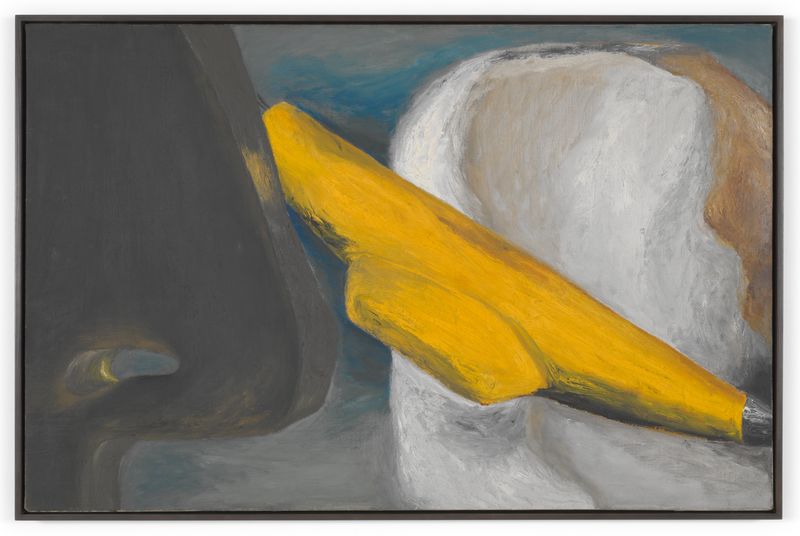
Lee Lozano, No title, 1962 – 1963 © The Estate of Lee Lozano
1962 – 63 She starts her large-scale abstracted paintings and drawings of tools.

Lee Lozano, No title, 1964 © The Estate of Lee Lozano
1964 She is one of the few women participating in the exhibition ‘Contemporary Erotica’ at the Van Bovenkamp Gallery in New York. Later that year she shows a number of abstract paintings at Richard Bellamy’s Green Gallery in New York.
1966 First solo exhibition at Bianchini Gallery in New York where she shows large-scale abstract paintings; the exhibition receives good reviews in the periodical Art News.
1967 Her work follows a minimal and conceptual trajectory as she began working on the ‘Wave Paintings’, a series of 11 paintings that she finishes in 1970. Towards the end of the year she meets the artist Dan Graham. She starts recording and documenting everyday events and personal experiences parallel to her painting and will eventually refer to these studies as ‘Pieces’.

Installation view, ‘Lee Lozano. Pulling Out The Stops’, Museo Nacional Centro De Arte Reina Sofía, Madrid, Spain, 2017 © The Estate of Lee Lozano. Photo: Joaquín Cortés / Román Lores
1968 In December she is awarded a grant of two thousand dollars from the Cassandra Foundation; she uses the money to fund her project ‘Investment Piece’.

Lee Lozano, Investment Piece, 1969 © The Estate of Lee Lozano

Dan Graham and Lee Lozano, early 1970s
1969 Lozano starts ‘General Strike Piece’, in which she plans to gradually withdraw from the New York art world ‘to pursue investigations of total personal and public revolution’. February sees her first exhibition in Europe at the Galerie Ricke in Cologne, Germany. She takes part in a conceptually orientated group exhibition curated by Lucy Lippard at Paula Cooper Gallery in New York and shows the text-based works ‘Grass Piece’ and ‘No Grass Piece’. In April, Lozano takes part in the Art Workers Coalition’s (AWC) first (and last) public hearing at the New York School of Visual Arts to discuss the social and political responsibilities of the art world. Chief among the demands being made was the greater representation of female, Black, and gay artists in the museums.
1970 Solo exhibition at the Whitney Museum of American Art in New York where she shows the ‘Wave Paintings’. She ceases to paint altogether and increasingly turns her attention to investigations, experiments and text-based works.
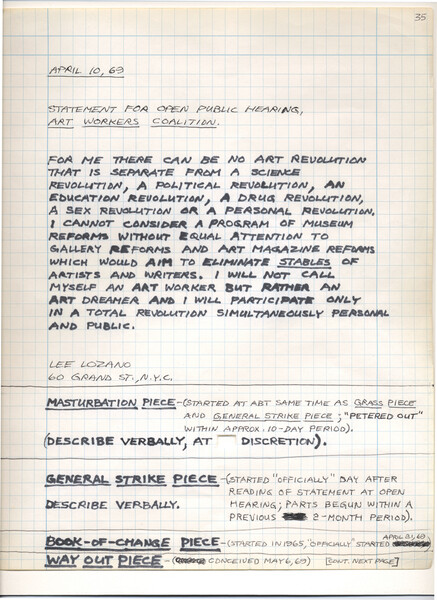
Lee Lozano, No title, 1969 © The Estate of Lee Lozano
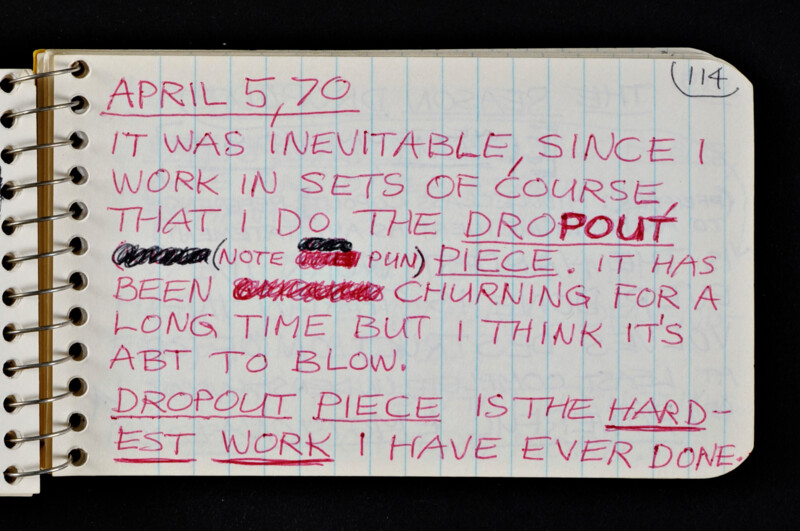
Notebook 8, 5 April 1970, p. 114 © The Estate of Lee Lozano
1971 In January she has a solo exhibition entitled ‘Infofiction’ at the Nova Scotia College of Art & Design, Halifax, Canada, where she also gives a series of lectures in July. ‘Decide to Boycott Women’; what began as a short- term experiment to improve communication with women resulted in a rejection of all members of her own gender and of early forms of feminism that lasted for the remainder of her life.
1972 Lisson Gallery in London organizes the exhibition ‘Infofiction II’; Lozano chooses to show as her sole work a square meter of sand that has been swept flat by an industrial brush, inviting visitors to write in the sand, which does not prove successful. She edits her notebooks and probably leaves New York later in the year.

Lee Lozano lecturing at NSCAD, Halifax, Canada, 16 July 1971
1973 – 81 She now calls herself ‘Leefler’. She travels to Belgium and London. Little is known about what she does during these years.
1982 She moves to Dallas to live with her parents. She now calls herself ‘E’. The same year, P.S.1 in New York shows her work in the exhibition ‘Abstract Art of the Sixties’.
1998 Four solo exhibitions take place, three in New York and one at the Wadsworth Atheneum, Hartford, Connecticut.
1999 Lee Lozano dies in Dallas, Texas on 2 October. – On view at Hauser & Wirth Somerset 3 October 2020 – 10 January 2021, ‘Lee Lozano’ focuses on early paintings and drawings created between 1962 – 1963.
